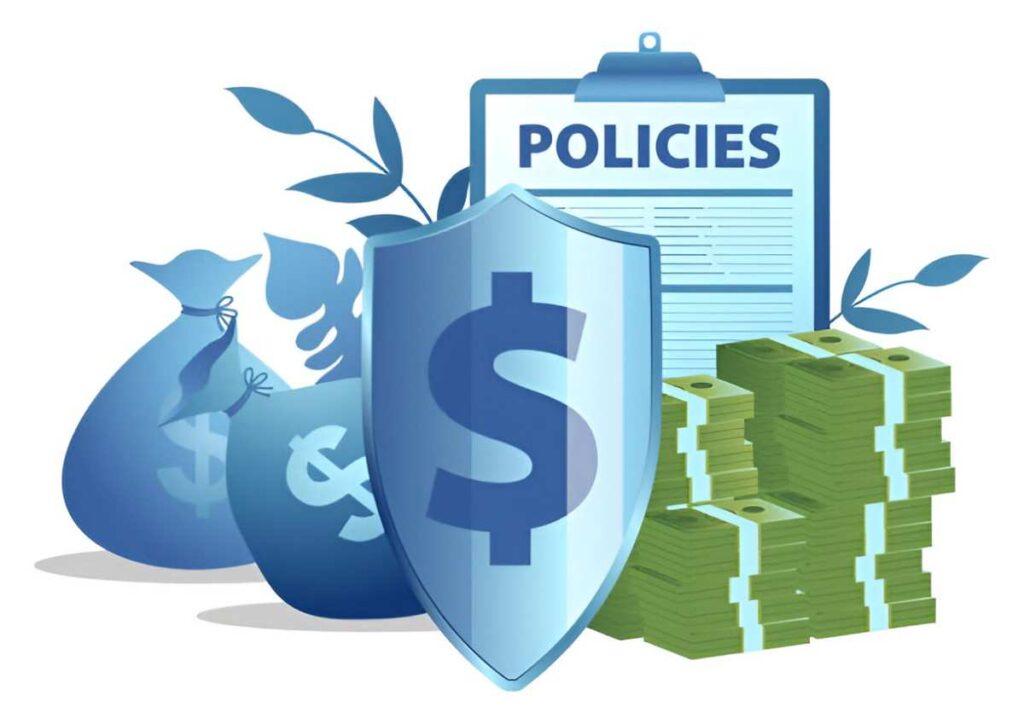As someone who has spent years analyzing insurance and financial risk, I find overinsurance to be one of the most misunderstood concepts in personal and corporate finance. Many people assume that more insurance equals better protection, but the reality is far more nuanced. Overinsurance can drain your finances, create moral hazards, and even lead to claim denials. In this article, I’ll break down what overinsurance means, why it happens, and how you can avoid its pitfalls while maintaining adequate coverage.
Table of Contents
What Is Overinsurance?
Overinsurance occurs when the insured value of an asset or liability exceeds its actual worth. This can happen in various scenarios:
- Property Insurance: Insuring a home for $500,000 when its market value is $350,000.
- Health Insurance: Purchasing a policy with excessive coverage that far exceeds your medical needs.
- Life Insurance: Maintaining a $2 million term life policy when your dependents only need $750,000 to sustain their lifestyle.
The core issue with overinsurance is that insurers will never pay more than the actual loss. If your $200,000 car is insured for $300,000, the insurer will only cover up to $200,000 in case of a total loss.
The Risks of Overinsurance
1. Higher Premiums Without Added Benefit
Insurance premiums are calculated based on risk exposure. If you overinsure, you pay more for coverage you can’t fully utilize. For example, if you insure a commercial property for 20% above its replacement cost, your premiums increase, but your maximum payout remains capped at the actual value.
2. Moral Hazard and Fraudulent Claims
Overinsurance can tempt policyholders into unethical behavior. A business might exaggerate a loss to justify a claim, knowing the insured value is inflated. Insurers are aware of this and may scrutinize claims more aggressively.
3. Regulatory and Tax Implications
In some cases, overinsurance can trigger tax complications. The IRS may disallow deductions for excessive premiums if they deem the coverage unreasonable. Additionally, some states impose penalties on insurers who knowingly underwrite overvalued policies.
4. Opportunity Cost of Excess Premiums
The extra money spent on unnecessary premiums could be invested elsewhere. For instance, overpaying $1,200 annually on an inflated life insurance policy over 20 years could mean missing out on FV = P \times \left(1 + \frac{r}{n}\right)^{nt} where P = 1,200, r = 0.07, n = 1, and t = 20, resulting in a future value of over $46,000 (assuming a 7% annual return).
How Overinsurance Happens
1. Overestimating Asset Value
Many people insure assets based on sentimental value rather than market value. A classic example is vintage cars—owners might insure a 1965 Mustang for $100,000 when its fair market value is $65,000.
2. Duplicate Coverage
Some individuals unknowingly hold multiple policies for the same risk. If your employer provides full health coverage, buying an additional private plan with overlapping benefits may be redundant.
3. Misguided Financial Advice
Unscrupulous agents may push unnecessary riders or excessive coverage to earn higher commissions. Always verify recommendations with an independent advisor.
4. Inflation and Market Changes
Real estate booms can artificially inflate property values. If you don’t adjust coverage post-boom, you might end up overinsured when prices stabilize.
Identifying Overinsurance: A Self-Check
Use this table to assess whether you might be overinsured:
| Category | Checklist Question | Red Flag? |
|---|---|---|
| Property Insurance | Is my insured value higher than the replacement cost? | Yes/No |
| Health Insurance | Do I have overlapping employer and private coverage? | Yes/No |
| Life Insurance | Does my death benefit exceed my family’s financial needs? | Yes/No |
| Auto Insurance | Am I paying for collision on a car worth less than $3,000? | Yes/No |
Strategies to Avoid Overinsurance
1. Conduct Regular Policy Audits
Review your insurance policies annually. Compare coverage limits with actual asset values and liabilities.
2. Use Actual Cash Value (ACV) vs. Replacement Cost
For older assets, consider ACV instead of replacement cost coverage. ACV accounts for depreciation, lowering premiums.
3. Optimize Deductibles
A higher deductible reduces premiums. If you can afford a $1,000 deductible instead of $500, you save money without sacrificing essential coverage.
4. Leverage Umbrella Policies
Instead of overinsuring individual assets, a personal liability umbrella policy provides broad coverage at a lower cost.
5. Seek Independent Appraisals
For high-value items (art, jewelry, real estate), get third-party appraisals to set accurate insured values.
Case Study: Overinsurance in Homeowners’ Policies
Consider a homeowner in Florida who insures their property for $600,000 based on peak market prices. After a market correction, the home’s value drops to $450,000. The homeowner continues paying premiums on the inflated value.
- Annual Premium: $4,800 (at 0.8% of insured value)
- Fair Premium: $3,600 (based on $450,000)
- Annual Overpayment: $1,200
Over ten years, this amounts to $12,000 in wasted premiums—money that could have been invested or used for home improvements.
The Psychological Aspect of Overinsurance
Humans are naturally risk-averse, which drives overinsurance. Behavioral economists call this “loss aversion”—the fear of losing $100 outweighs the joy of gaining $100. Insurance companies exploit this by upselling unnecessary coverage.
Final Thoughts
Overinsurance is a silent wealth drain. By regularly reviewing policies, aligning coverage with actual needs, and seeking unbiased advice, you can avoid paying for protection you don’t need. Insurance should be a safety net, not a financial burden.





